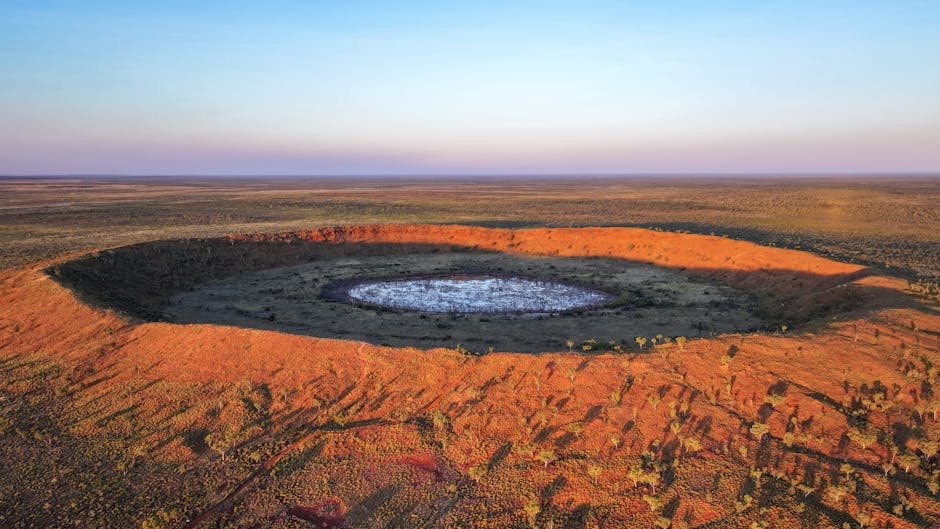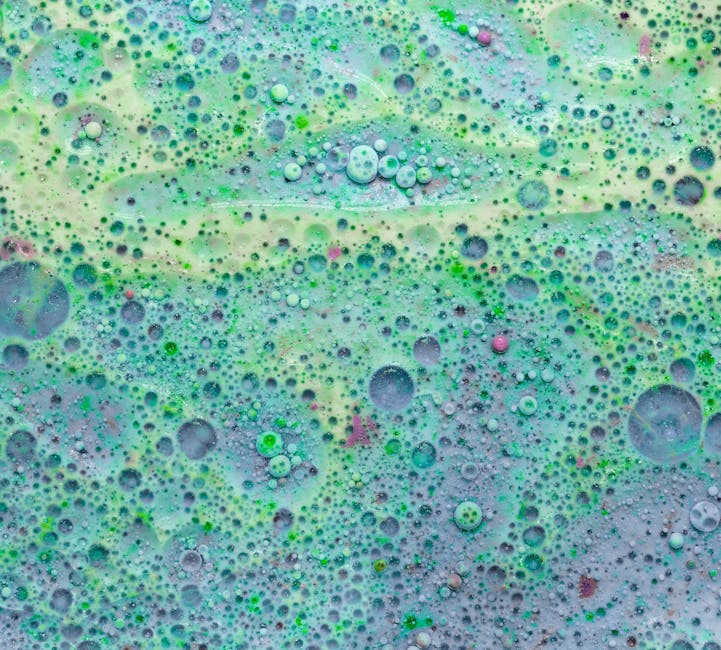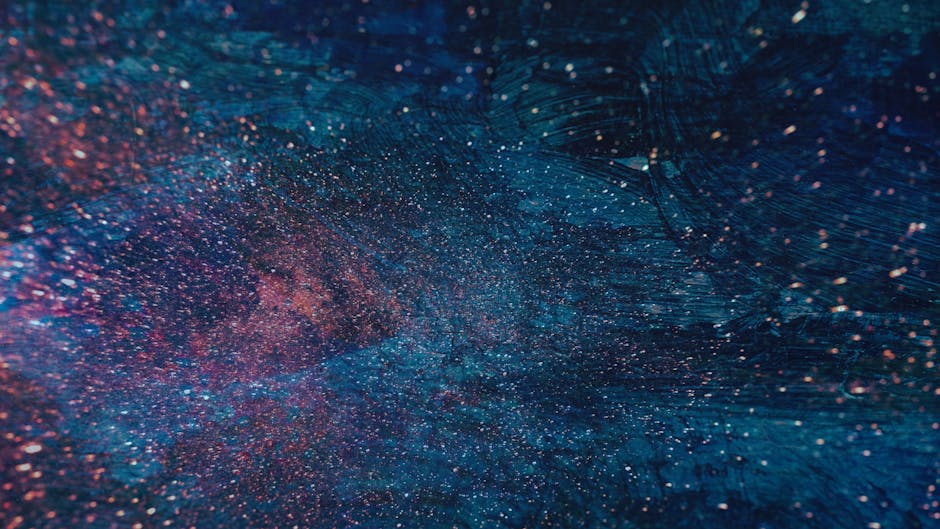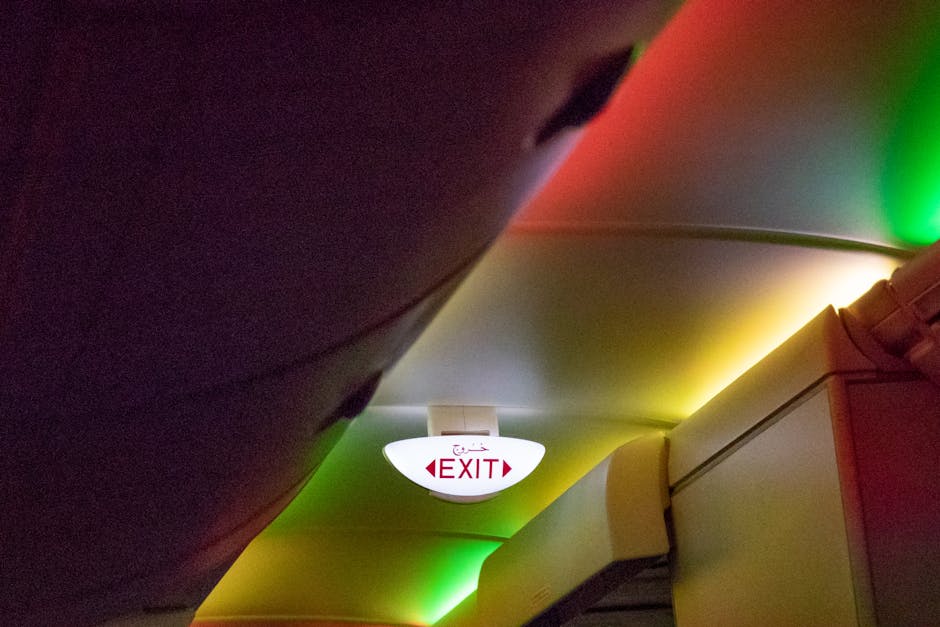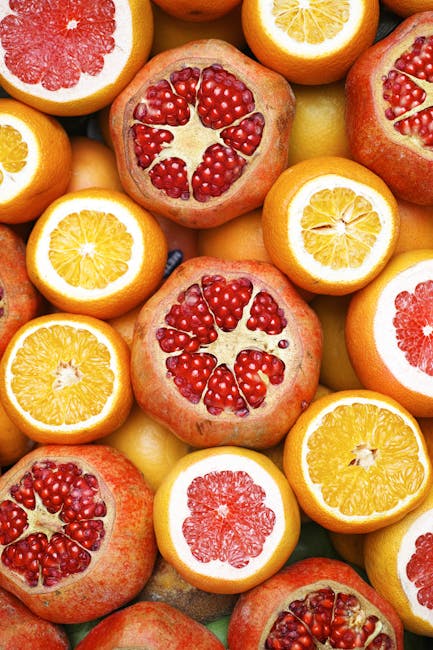-
Table of Contents
The phenomenon that is five times hotter than the surface of the sun, which averages around 5,500 degrees Celsius (9,932 degrees Fahrenheit), is found in the form of a nuclear explosion. The core of a nuclear explosion can reach temperatures exceeding 15 million degrees Celsius (27 million degrees Fahrenheit), making it one of the hottest natural occurrences on Earth. This extreme heat is generated during the rapid release of energy from nuclear fission or fusion reactions, creating conditions far surpassing those of the sun’s surface.
**The Core of the Earth: A Fiery Comparison**

When we think about extreme temperatures, our minds often drift to the sun, that magnificent ball of fire that warms our planet and sustains life. However, there exists a place on Earth that is five times hotter than the sun itself, and it lies deep beneath our feet in the Earth’s core. This fiery comparison not only highlights the incredible nature of our planet but also invites us to explore the fascinating world of geology and the forces that shape our environment.
The sun’s surface temperature hovers around 5,500 degrees Celsius (9,932 degrees Fahrenheit), a staggering figure that is hard to comprehend. Yet, as we delve deeper into the Earth, we discover that the inner core reaches temperatures of approximately 5,700 degrees Celsius (10,300 degrees Fahrenheit). This means that the very heart of our planet is not only hotter than the sun but also a place of immense pressure and energy. The inner core is primarily composed of iron and nickel, and despite the extreme heat, it remains solid due to the incredible pressure exerted by the layers above it.
Transitioning from the surface to the depths of the Earth, we encounter the outer core, which is a molten layer surrounding the inner core. Here, temperatures range from about 4,000 to 6,000 degrees Celsius (7,232 to 10,832 degrees Fahrenheit). The movement of molten iron in this outer core is responsible for generating the Earth’s magnetic field, a protective shield that defends us from harmful solar radiation. This magnetic field is crucial for life on Earth, and it is fascinating to think that the very heat and movement deep within our planet are what keep us safe from the sun’s more dangerous aspects.
As we consider the core’s extreme temperatures, it is essential to appreciate the geological processes that occur as a result. The heat from the core drives convection currents in the mantle, which in turn leads to tectonic activity. This activity is responsible for the formation of mountains, earthquakes, and volcanic eruptions. In a way, the core acts as a furnace, fueling the dynamic processes that shape the Earth’s surface. This interplay between the core and the surface is a reminder of how interconnected our planet’s systems are, and how the heat generated deep within can have profound effects on the world we experience every day.
Moreover, the study of the Earth’s core is not just an academic pursuit; it has practical implications for understanding natural disasters and resource management. By learning more about the core’s composition and behavior, scientists can better
**Supervolcanoes: Nature’s Extreme Heat Sources**
When we think of extreme heat sources on Earth, our minds often drift to the sun, a blazing ball of nuclear fusion that radiates energy across the solar system. However, there are places on our planet that can reach temperatures five times hotter than the sun’s surface, and these are none other than supervolcanoes. These geological wonders are not only fascinating but also serve as a reminder of the incredible forces at work beneath our feet.
Supervolcanoes are massive volcanic systems capable of producing eruptions thousands of times more powerful than typical volcanic eruptions. To put this into perspective, the last major supervolcanic eruption, which occurred at Yellowstone National Park around 640,000 years ago, released an astonishing amount of ash and magma, enough to cover large portions of North America. The heat generated during such eruptions can reach staggering temperatures, often exceeding 1,000 degrees Celsius (1,832 degrees Fahrenheit). This is where the comparison to the sun comes into play; while the sun’s surface temperature is about 5,500 degrees Celsius (9,932 degrees Fahrenheit), the core of a supervolcano can reach temperatures that rival those found in the sun’s interior.
One of the most well-known supervolcanoes is Yellowstone, which sits atop a massive magma chamber. This chamber is a hotbed of geothermal activity, with geysers, hot springs, and fumaroles dotting the landscape. The heat from the magma not only fuels these natural wonders but also creates a unique ecosystem that thrives in extreme conditions. The vibrant colors of the hot springs, caused by thermophilic bacteria, are a testament to life’s resilience in the face of extreme heat. Visitors to Yellowstone can witness firsthand the power of nature as steam rises from the ground, and the earth rumbles beneath them, reminding us of the dynamic processes that shape our planet.
Another fascinating aspect of supervolcanoes is their potential for future eruptions. While they may seem dormant, scientists closely monitor these geological giants for signs of activity. The study of supervolcanoes is crucial not only for understanding their behavior but also for assessing the risks they pose to nearby populations. Fortunately, advancements in technology and research have improved our ability to predict volcanic activity, allowing us to better prepare for any potential eruptions.
Moreover, supervolcanoes play a significant role in shaping the Earth’s climate. When they erupt, they can release vast amounts of ash and gases into the atmosphere, which can lead to temporary cooling periods
**Nuclear Fusion: Harnessing Stellar Temperatures on Earth**
Nuclear fusion, the process that powers the stars, including our very own sun, is a fascinating phenomenon that scientists have been striving to replicate here on Earth. To put it into perspective, the core of the sun reaches temperatures of about 15 million degrees Celsius, while nuclear fusion experiments aim to achieve temperatures exceeding 100 million degrees Celsius. This remarkable feat is not just a scientific curiosity; it holds the potential to revolutionize our energy landscape, providing a nearly limitless source of clean energy.
At its core, nuclear fusion involves the merging of light atomic nuclei, such as hydrogen isotopes, to form heavier nuclei, releasing an immense amount of energy in the process. This is the same reaction that occurs in the sun, where hydrogen atoms fuse to create helium, releasing energy that sustains life on Earth. The challenge, however, lies in creating the conditions necessary for fusion to occur on a manageable scale. Achieving and maintaining the extreme temperatures and pressures required for fusion is no small task, but researchers around the globe are making significant strides.
One of the most promising approaches to harnessing nuclear fusion is through the use of magnetic confinement, exemplified by devices like tokamaks. These donut-shaped reactors use powerful magnetic fields to contain and stabilize the superheated plasma, preventing it from coming into contact with the reactor walls. The ITER project, currently under construction in France, is a prime example of international collaboration aimed at demonstrating the feasibility of fusion as a viable energy source. Once operational, ITER is expected to produce ten times more energy than it consumes, paving the way for future fusion power plants.
In addition to magnetic confinement, inertial confinement fusion is another method being explored. This technique involves compressing small pellets of fusion fuel using powerful lasers or other forms of energy. The National Ignition Facility in the United States is at the forefront of this research, aiming to achieve ignition, where the energy produced by the fusion reaction exceeds the energy input. The excitement surrounding these advancements is palpable, as each breakthrough brings us closer to a future where fusion could provide a clean, sustainable energy source.
Moreover, the benefits of nuclear fusion extend beyond just energy production. Fusion reactions produce minimal radioactive waste compared to traditional nuclear fission, and the fuel sources, primarily isotopes of hydrogen, are abundant and widely available. This means that fusion could play a crucial role in addressing the global energy crisis while simultaneously mitigating climate change. As nations grapple with the challenges of fossil fuel dependency and greenhouse gas emissions, the promise of fusion
Q&A
1. **Question:** What is five times hotter than the surface of the sun?
**Answer:** The core of a supernova explosion.
2. **Question:** What natural phenomenon on Earth can reach temperatures five times hotter than the sun?
**Answer:** A lightning strike.
3. **Question:** What man-made process can achieve temperatures five times hotter than the sun?
**Answer:** Nuclear fusion in experimental reactors like tokamaks.The core of a thermonuclear explosion can reach temperatures that are five times hotter than the surface of the sun, which is approximately 5,500 degrees Celsius.


